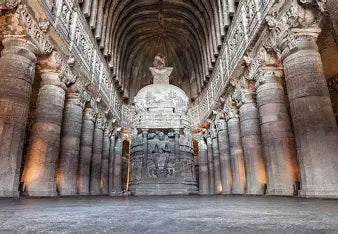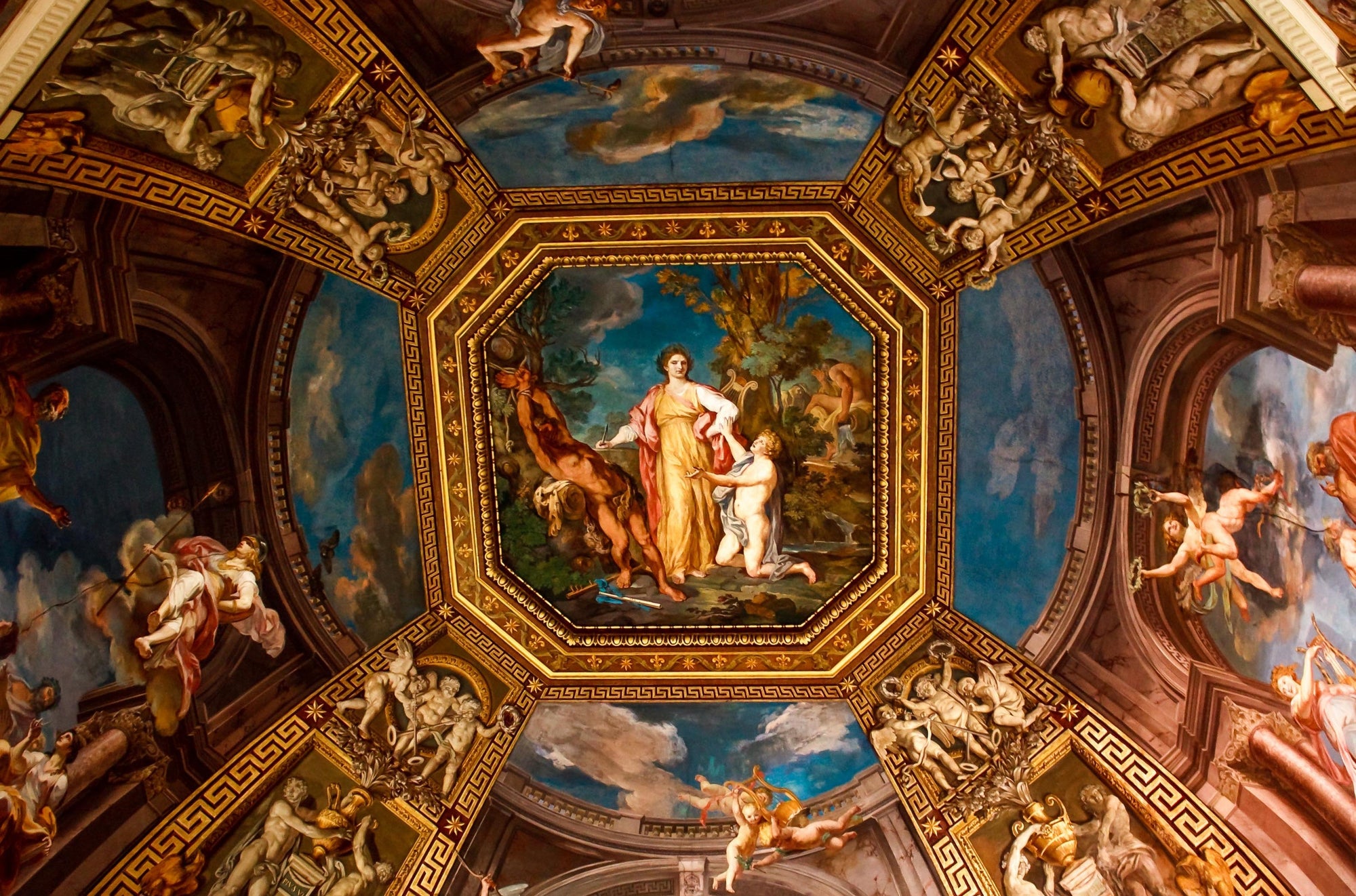Introduction
Wood inlay isn’t just a European invention—it’s a universal language of craftsmanship. Across Asia, the Middle East, and beyond, makers have adapted the concept to local tastes, materials, and cultural values. In this post, we’ll tour three vibrant traditions—Indian intarsia, Japanese yosegi, and Middle Eastern geometric inlay—highlighting how each style marries function and meaning. By comparing their techniques and aesthetics, you’ll see fresh ways to infuse your own inlay projects with global flair.
1. Indian Intarsia: Storytelling in Wood
Origins & Context
Intarsia—derived from the Italian intarzare (“to inlay”)—found a unique expression in Mughal and Rajput courts from the 16th century onward. Inspired by Persian carpets and miniature paintings, Indian intarsia combines narrative imagery with lavish materials.
Materials & Motifs
-
Hardwoods: Rosewood, teak, sandalwood, and occasionally imported ebony.
-
Accents: Mother-of-pearl, brass studs, or tortoiseshell highlights.
-
Designs: Floral arabesques, peacocks, courtly scenes, and scrolling vine patterns.
Techniques
Artisans begin by sketching a detailed cartoon on paper. They then select contrasting veneer pieces, cutting each shape with fine fret saws before assembling them on a substrate. Gaps are filled with brass or shell inlays, then the surface is sanded flush and polished to a jewel-like luster.
Cultural Significance
Intarsia panels graced palace doors, jewelry boxes, and writing desks—each scene conveying stories from the Shahnameh, local legends, or floral allegories of paradise. For the general‐craft hobbyist, even a small box or wallet can become a canvas for storytelling, using just two or three veneers plus a metallic accent to hint at that rich tradition.
2. Japanese Yosegi: Geometry Meets Precision
Origins & Context
Developed in the Hakone region in the Edo period (17th–19th centuries), yosegi (literally “mixed woods”) was born as decorative panels for tea-ceremony chests and small tansu cabinets.
Materials & Motifs
-
Hardwoods: A palette of seven to nine woods—keyaki (zelkova), kōya‐kaki (Japanese persimmon), walnut, and more—chosen for their natural colors.
-
Patterns: Repeating geometric mosaics—stars, interlocking hexagons, and pinwheels—each with a Japanese name (e.g., asanoha, the hemp-leaf pattern).
Techniques
Rather than free-form cutting, yosegi uses long, laminated rods of different woods. The rods are glued, compressed, and then cross-sliced to reveal a continuous pattern across many thin veneer sheets. Makers can then apply whole panels or smaller pieces to objects like trays, coasters, and wallet inlays.
Cultural Significance
Each pattern carried auspicious meaning—hemp for growth, waves for resilience—so a yosegi inlay was more than decoration; it was a subtle blessing. As a modern hobbyist, you can replicate this on a small scale by laminating simple rods of dyed wood or even colored acrylic to mimic the traditional palette.
3. Middle Eastern Geometric Inlay: Mathematics as Art
Origins & Context
Drawing on centuries of Islamic art, Middle Eastern inlay flourished in Syria, Egypt, and Persia from medieval times through the Ottoman period. Devoid of figural imagery, it celebrates pure geometry and infinite pattern.
Materials & Motifs
-
Hardwoods: Walnut, boxwood, rosewood, and a rich spectrum of figured veneers.
-
Patterns: Star polygons, interlaced bands, and arabesque tessellations—often based on precise geometric constructions.
Techniques
Artisans draft complex tiling schemes with straightedge and compass, then hand-cut dozens of tiny veneer pieces—triangles, rhombi, and trapezoids—to fit perfectly. The subtle shifts in wood tone and grain create a shimmering, almost kinetic effect as light strikes the surface.
Cultural Significance
In mosques, palaces, and musical instrument cases, these geometric inlays symbolized the unity and order of creation. For today’s maker, incorporating a tiny star-and-cross pattern into a wallet clasp or cardholder flap can evoke that same feeling of mathematical harmony.
Comparative Insights
-
Narrative vs. Abstraction: Indian intarsia tells a story through figurative scenes; Japanese yosegi celebrates pattern names and symbolism; Middle Eastern work elevates pure geometry as spiritual expression.
-
Free-form vs. Pre-lamination: Intarsia relies on hand-cut shapes; yosegi uses pre-laminated patterned billets; Middle Eastern inlay demands meticulous individual cuts.
-
Scale & Application: While Indian panels can be large and pictorial, yosegi scales down to coasters and small boxes, and Middle Eastern patterns suit both large tabletops and tiny inlay accents.
Call to Action
Inspired to explore global inlay traditions? Share your experiments on social media with the hashtag #WorldInlayChallenge, and follow – or commission – a local artisan mastering these centuries-old skills. By supporting makers everywhere, we keep this rich tapestry of techniques alive—one tiny wood piece at a time.



